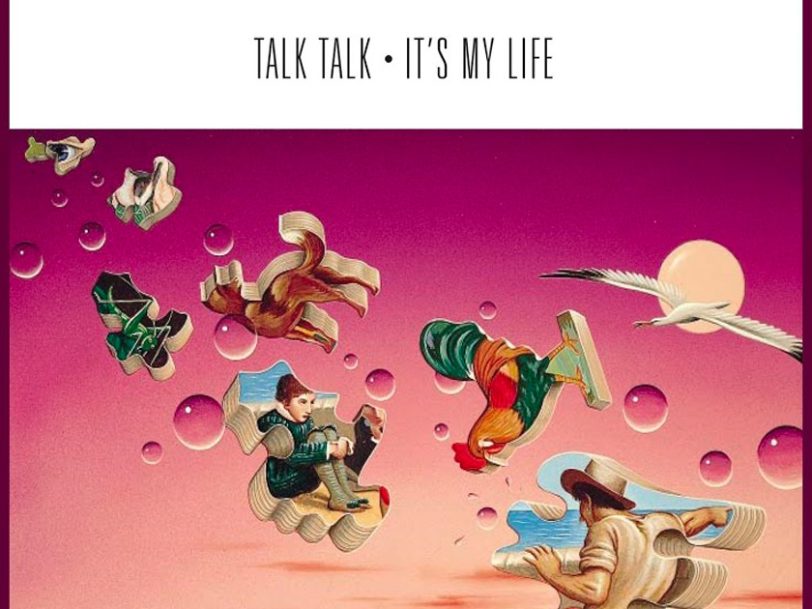Released in the summer of 1982, Talk Talk’s debut album, The Party’s Over, succeeded in putting the band’s future on a firm footing. With the record’s dynamic third single, Today, breaking into the UK Top 20, the album itself rose to No.21, while a reissue of its second single, the eponymously named Talk Talk, sustained the band’s presence in the Top 30 throughout the autumn. Yet while The Party’s Over yielded the mainstream breakthrough the group sought, with its follow-up, It’s My Life, Talk Talk declared their independence from the pop world.
Listen to ‘It’s My Life’ here.
The backstory: “A band should be able to develop constructively”
For Talk Talk’s frontman, Mark Hollis, the group’s success came at a price. Already feeling uneasy over the way the media associated Talk Talk with the synth-pop stars of the day, a support slot with Duran Duran further strengthened Hollis’ resolve to ensure his group would stand outside of the fickle taste of the pop marketplace.
In contemporary interviews, Hollis revealed the depth of his commitment to his art. He told Sounds, “My idea is that a band should be able to develop constructively, like Bowie,” while he informed NME that he wanted to “write stuff that you’ll still be able to listen to in ten years’ time”.
- Best Talk Talk Songs: 10 Sublime Tracks That Still Speak Wonders
- ‘The Party’s Over’: Why Talk Talk’s Debut Album Needs Celebrating
- ‘Spirit Of Eden’: The Story Behind Talk Talk’s Elusive Masterpiece
As it turned out, two important developments – both of which ensured Hollis would achieve his aims – came to pass before work began on Talk Talk’s second album, It’s My Life. Firstly, keyboardist Simon Brenner left the band following the release of a standalone single, My Foolish Friend. Brenner’s departure (rightly) suggested that Talk Talk’s reliance upon synthesisers was now on the wane, but it was the second change – the recruitment of a new, “unofficial” fourth member – which galvanised Mark Hollis to set out on ever more daring sonic adventures.




